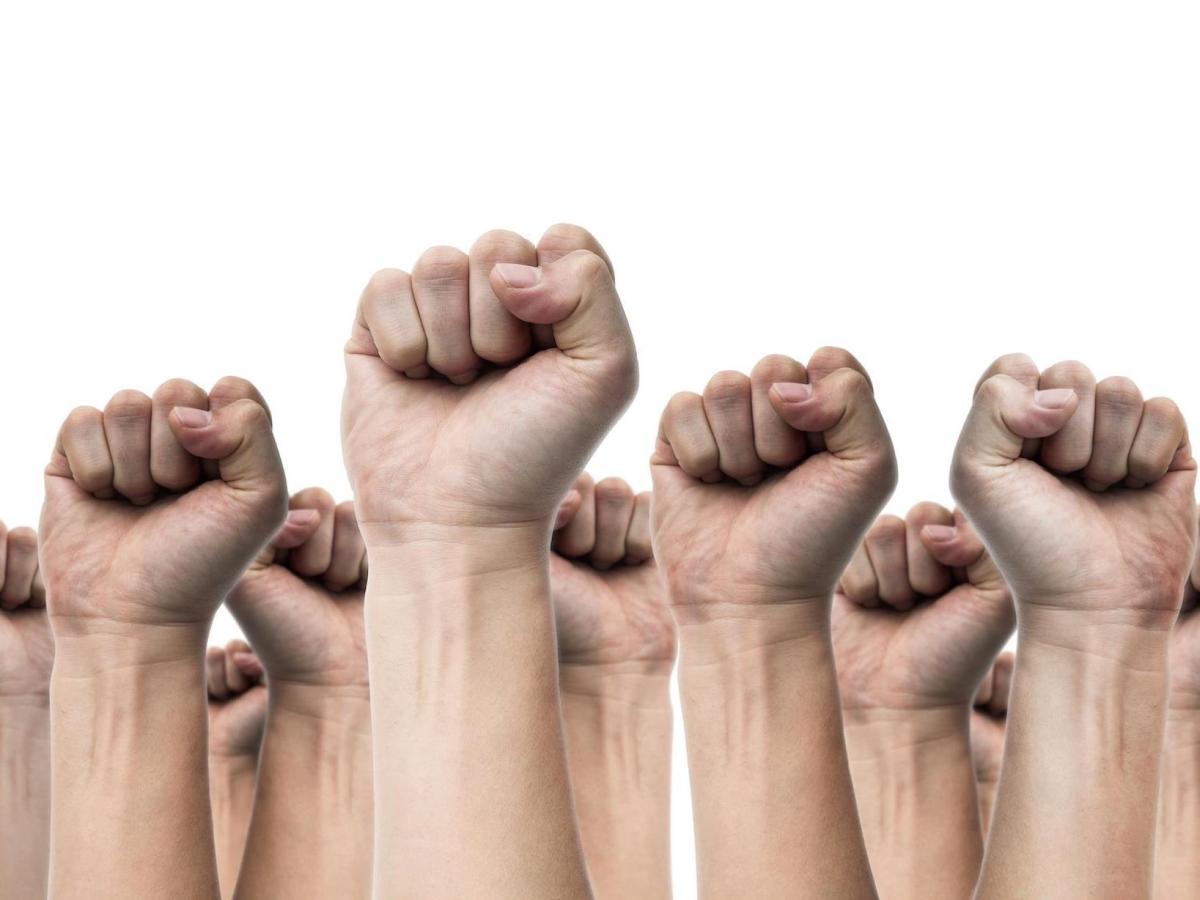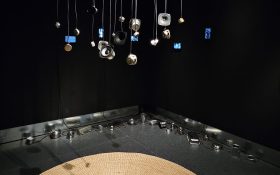Image CC shutterstock.com
As an industry, arts journalism has been slowly decimated over the past decade, one cut at a time. Elissa Blake, a freelance arts journalist and regular Fairfax contributor, notes that 3,000 journalists have been made redundant in the last five years alone in Australia.
In May, Fairfax staffers went on strike as successive roll-outs of journalist redundancies came into play. Producer David Williams said that in addition to those cuts, the government had shuffled $30 million from the ABC to fund the coverage of women’s sport on Foxtel, an indication of a value shift away from the arts, and also noted that Fairfax’s redesign of its website and, particularly for hand-held device viewing, doesn’t even include an arts menu.
On a more elementary level, those arts journalists still engaged in the field are often denied the benefits of salaried positions (i.e. superannuation, sick leave, holiday leave) by being contracted as freelancers, adding to the lack of sustainability in arts journalism as a career choice.
These compounded blows against the profession of art journalism are hitting hard, and we are all suffering the outcome as a dearth of cultural commentary eats into mainstream media.
Blake points out that cuts to the ranks of professional arts journalists ‘means that there are far fewer actual bodies to get in touch with – to phone up or email, and the paper is still adjusting how it will deal with that.’
Culture Editor, Guardian Australia and founder of Junkee.com, Steph Harmon added: ‘The great consequence is that we are loosing all our experts, those journalists who have followed a playwright and director for their career and can compare their latest play.’
While the picture looks bleak, others have argued that this slow bleed is not the death of an industry, rather its remaking – we just aren’t quite sure what the new picture looks like yet.
What arts journalism might look like in the future was the subject of a recent panel discussion assembled by SAMAG.
Kate Edwards, founder of Snackable TV – an aggregated arts and entertainment site pitched at the 13-30 year bracket which launched in December 2016 – said that while it is all well and good to whinge, we have effectively brought this on ourselves.
‘You guys are not watching television; I would argue you are not buying newspapers; and I’d argue that most of you probably don’t buy subscriptions to [Fairfax, Guardian Australia and other arts outlets]. If you are going to use other environments to find out information, then don’t arc up about not having these resources. We are the reason these things don’t exist as they used to.’
She continued: ‘I represent the new era of evolution, or revolution, the entire industry of content generation. This democratisation of message means that big stoic companies – print companies – don’t need to exist because the consumers are actually driving the demand.
‘We want to have technology in the palm of our hand and we want to have these things available when we want them. So if you want to Google that review as the curtain comes down it wont be these guys, it will be someone who is not a great writer, who is terribly skewed and is blogging pissed at the post party.’
She concluded: ‘Have we democratised media and made it a bit shittier because of social media? Yes.’
Edwards sold her house and assets to set up Snackable TV with $1.6 million. She said that the government, the city and arts funding bodies would not come to the party with seed money.
‘They thought I would do it anyway. One of the challenges is that in our arts industry a lot of people who aren’t rewarded [with a grant] do it themselves anyway.’
Is this also a contributor to the death of arts journalism as we knew it?
Blake said: ‘The advertising model is broken; research shows that people do not want to subscribe – especially Australians, they will not subscribe – so we need the industry to invest in it.’
She believes that the way forward is for government, philanthropy and arts organisations themselves to redeploy a chunk of money earmarked for advertising/marketing towards independent, specialist content publishers.
The Conversation for example, relies in part on donations. ‘What if every publisher put in $2,000 to fund a book section of The Guardian?’ suggested Harmon, demonstrating that a small annual fee could be aggregated to ensure criticism was sustained.
Blake believes that the future may be in another model: “hyper-local” and specialist journalism.
Is arts journalism still a career option?
Artist and producer David Williams proffers that, ‘dying is not dead, and in the age of zombies, it has potential to rise.’ While few arts journalists may think of themselves as zombies, the kind of “outcast” cultish feeling surrounding those left is real.
Blake said: ‘Ten years ago at the Sydney Morning Herald there was an entire arts desk – an arts editor, deputy editor, sub-editor, specialist photographers, a full time dance writer, three theatre critics, two to three feature writers – 12 people employed full time. Now there are just three arts editors and two reporters – Linda Morris and Garry Maddox with a speciality in film.’
Steph Harmon continued: ‘When Elissa [Blake] talks about three journalists to cover Sydney, we have two to cover the whole country – it’s challenging. And that is the arts in general, from performing to television and film, books, exhibitions … everything.’
Blake, however, remains an optimist. ‘I still believe that someone still needs to make that content and it needs to sit on a platform.’
Edwards agrees. She said in that the growing climate of “digital litter” valued content is needed more than ever. ‘I would argue that kids growing up with that now will choose not to have that in the future – it’s boring and one dimensional.’
Using the success of Netflix as an example of how we need to rethink content delivery, Edwards said: ‘It is about people behaving differently with different devices and begin connected in a different way.’
She added that this kind of content discussion was ‘so analogue, so 1999’, and that we should be thinking about speech-directed content delivery.
That, however, does not answer the immediate question of sustaining a career as an arts journalist today. While it is great to talk about new platforms, new thinking and new futures, both Edwards and Blake believe that nothing will change unless broader media, the public, governments and arts organisations themselves, better value the profession of arts journalism and its contribution to society.
As a freelancer, Blake is commissioned one story at a time. ‘Everyone is a freelancer now. But to make a living as a freelancer – who only makes $150 for an article – they might last only three, four or six months and then they go and get a “real” job. Many, many Fairfax ex-journalists have gone on to the university sector because there is a skills cross over,’ she said.
‘If you are being charged out at a certain rate, that is a gig-based economy; it puts arts journalists in the same frame as artists. They should be able to go to government and ask for money then like an artist,’ continued Edwards.
Harmon makes the point that many bloggers are doing it for zero money and that burn-out is also jeopardising the industry.
‘While I applaud more voices, passion and people writing about the arts, we have seen in the last ten years that this is unsustainable – people get burnt out – so relying on bloggers for that added content is a problem.’
Guardian Australia, like most media sources these days, does not have a travel budget and is reliant on freelancers on the ground in different cities. But talent is thin. My own experience in getting reviewers to cover exhibitions and visual arts events is challenging when your brief is national, but you can only be in one place at one time.
The answer?
Blake believes that if we want to save arts journalism we need to be more proactive – tell people a show is good and recommend go; don’t just ‘like’ on Facebook but click through to the page and say why you are sharing that story.
‘People are hungry for personal recommendation,’ she said. Blake believes that there is still a demand for content, and that much more than a hashtag or a feel good campaign is needed in the future to save arts journalism.
This conversation was presented by SAMAG in August.





